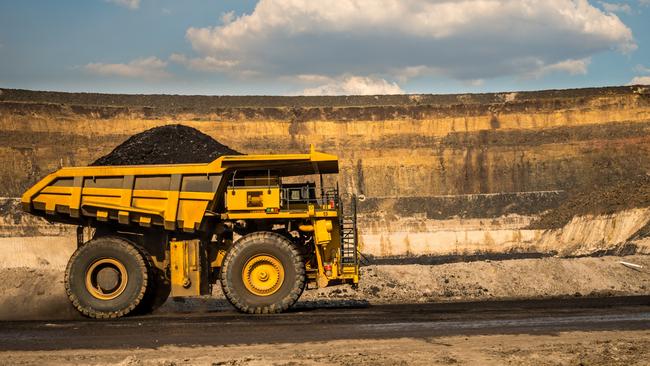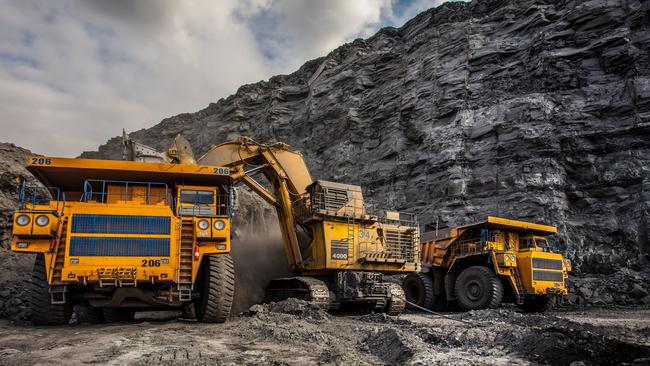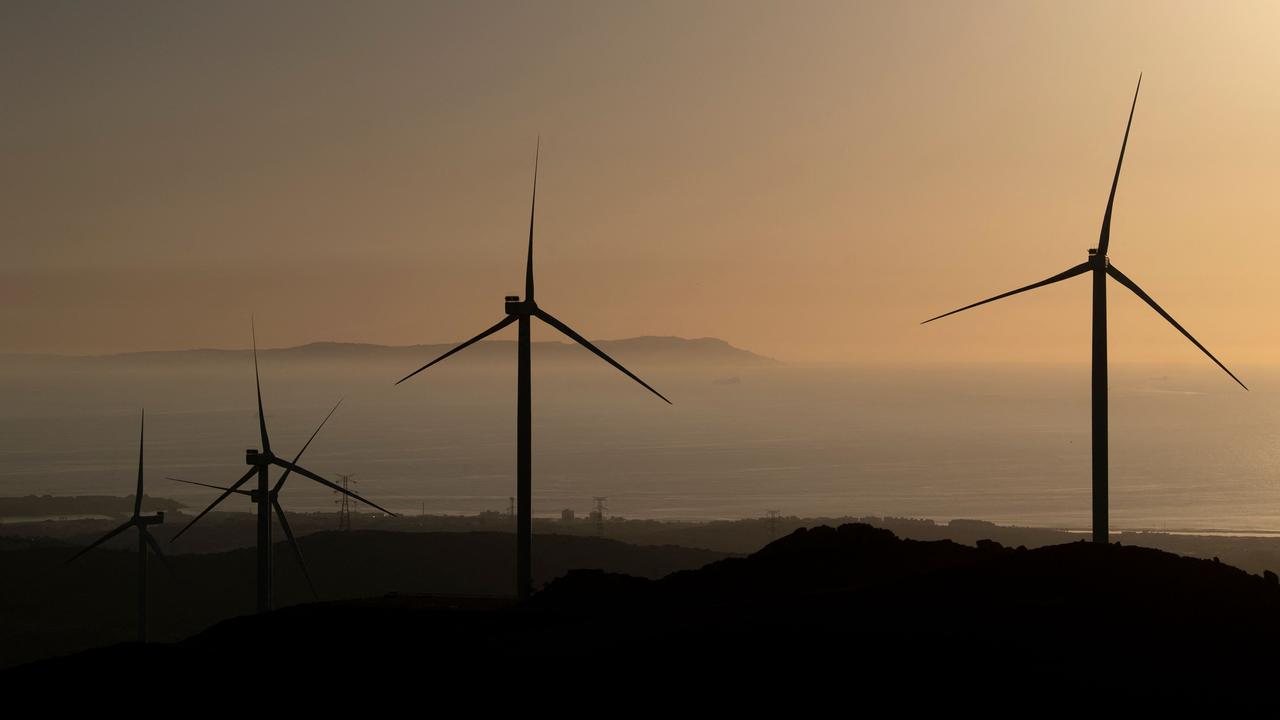
What is going to happen to commodity prices – and especially to the prices of our three biggest exports: coal, iron ore and gas?
Notice something ‘interesting’ about the three? Two of them emit the wicked C02 when used, and the third – iron ore – is only of use when mixed with the CO2-emitting coal.
Surely a government committed to reducing both local and global CO2 emissions to zero, would be lamenting the rise and rise of especially the volumes we export and the prices we are receiving?
Is there no shame that we are getting richer by killing the planet?
To say nothing of the further boost we’ve got from Russians killing Ukrainians?
Putting such cosmic questions to one side, the more prosaic, the more immediate reality is that our entire economy does pivot on digging up coal – both sorts, the energy coal to heat and the met coal to make steel – along with the iron ore, and pumping out and freezing gas; and then shipping all of it to other places. In the 2021-22 year just ended, our resource and energy exports, the (new, Labor) Resources Minister Madeleine King disclosed, hit an estimated $405bn. And the department forecast they would go even higher, to $419bn in 2022-23.
That adds up to nearly 20 per cent of our entire $2.3 trillion economy.
Far more potently, that brings in more than two-thirds of all our export income.
That’s the income we use to buy all the ‘stuff’ from overseas: all our cars, almost all our petrol, most of our defence equipment, almost all our consumer goods, pay for overseas travel etc etc etc.

Of the $405bn, $133bn came from iron ore, around $100bn from, cough cough, the coal that we are desperately rushing not to use at home, and $70bn from gas that we can’t quite make up our – using the word loosely - minds whether we want to use or not.
I guess the department is also forecasting global emissions ain't ‘going anywhere’, as in, well, down anytime soon; and, more real-world tragically, that the war in Ukraine ain't ending anytime soon either.
It does make a general observation that “commodity prices will likely fall in 2023 and 2024, as world supply recovers and demand cools”.
That’s like saying it’s likely to get warmer in the next few months.
It can be filed in the same bin as the predictions we get each year from treasury about what’s going to happen to the budget deficit and to the economy.
Last Friday, the Reserve Bank’s measure of commodity prices showed the fell in June.
But they fell only marginally, and from truly extraordinary levels, and were still way, way above anything we’ve previously experienced.
That’s to say – and it’s important to understand this measures all our commodity export prices, not just the ones that have rocketed - they were still 25 per cent higher than the then-extraordinary levels reached, very briefly, in 2011 when China embarked on its massive post-GFC infrastructure spending, and really got to work sucking in our iron ore.
They are still around four times – four times – the prices that prevailed through the 1990s and early 2000s, when at the time we thought we were doing pretty well. And we are getting the prices on much higher volumes now than then.
That is to say, all that prosperity out there – all those million-dollar houses for one – ultimately pivots on our continuing commodities boom.
Will it continue?
In ‘normal’ times, when prices have surged so high and so suddenly, they immediately plummet.
They started doing exactly that, in 2021 after Covid hit. But then reversed and went spectacularly higher.
Now they have gone down a bit. The next few months will be critical.



